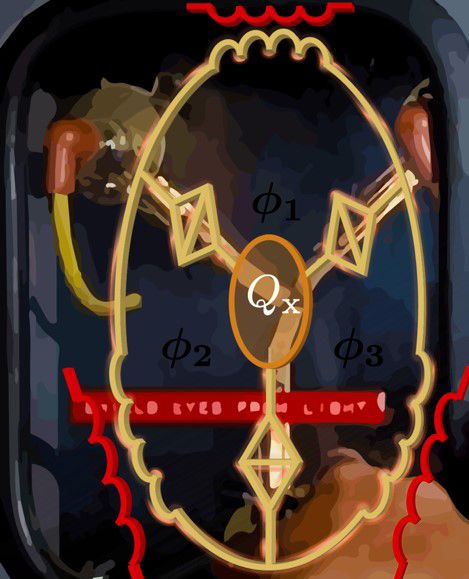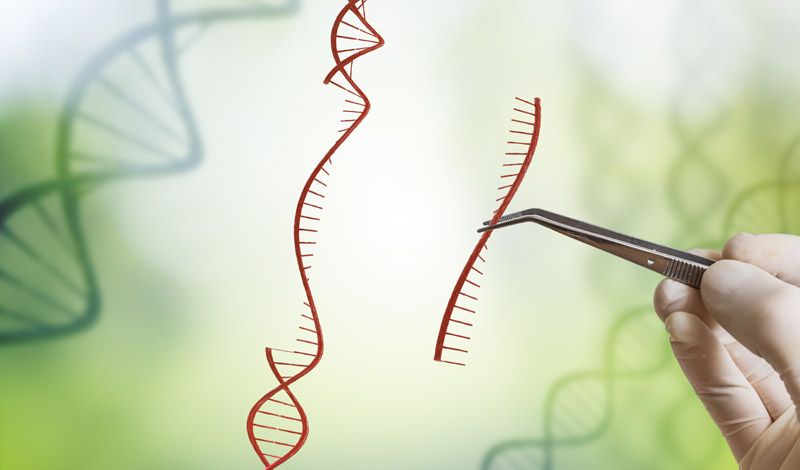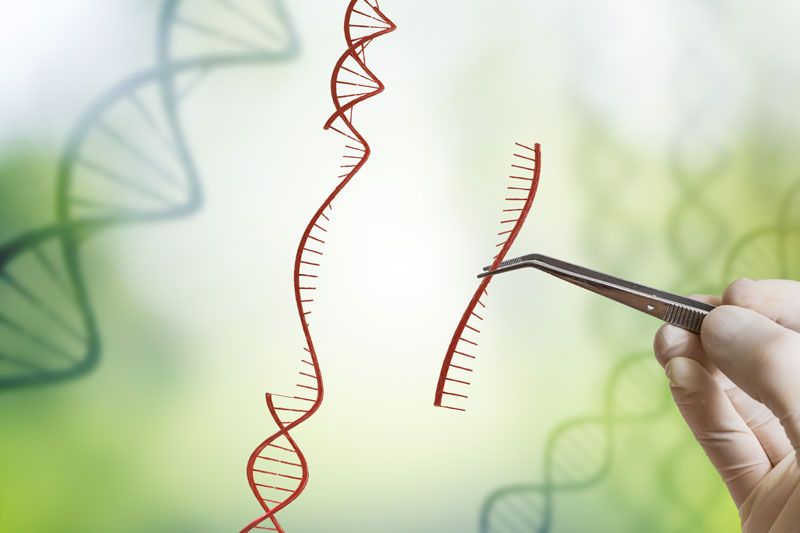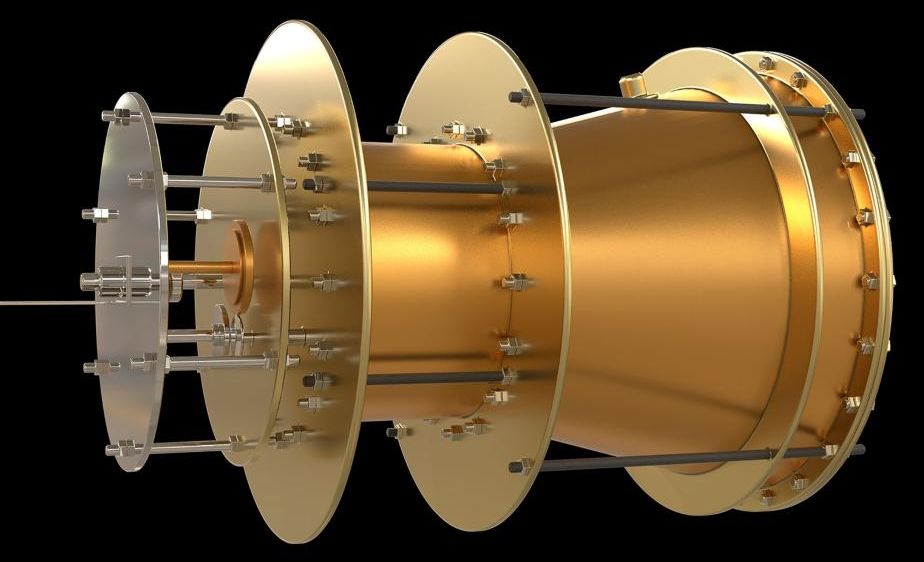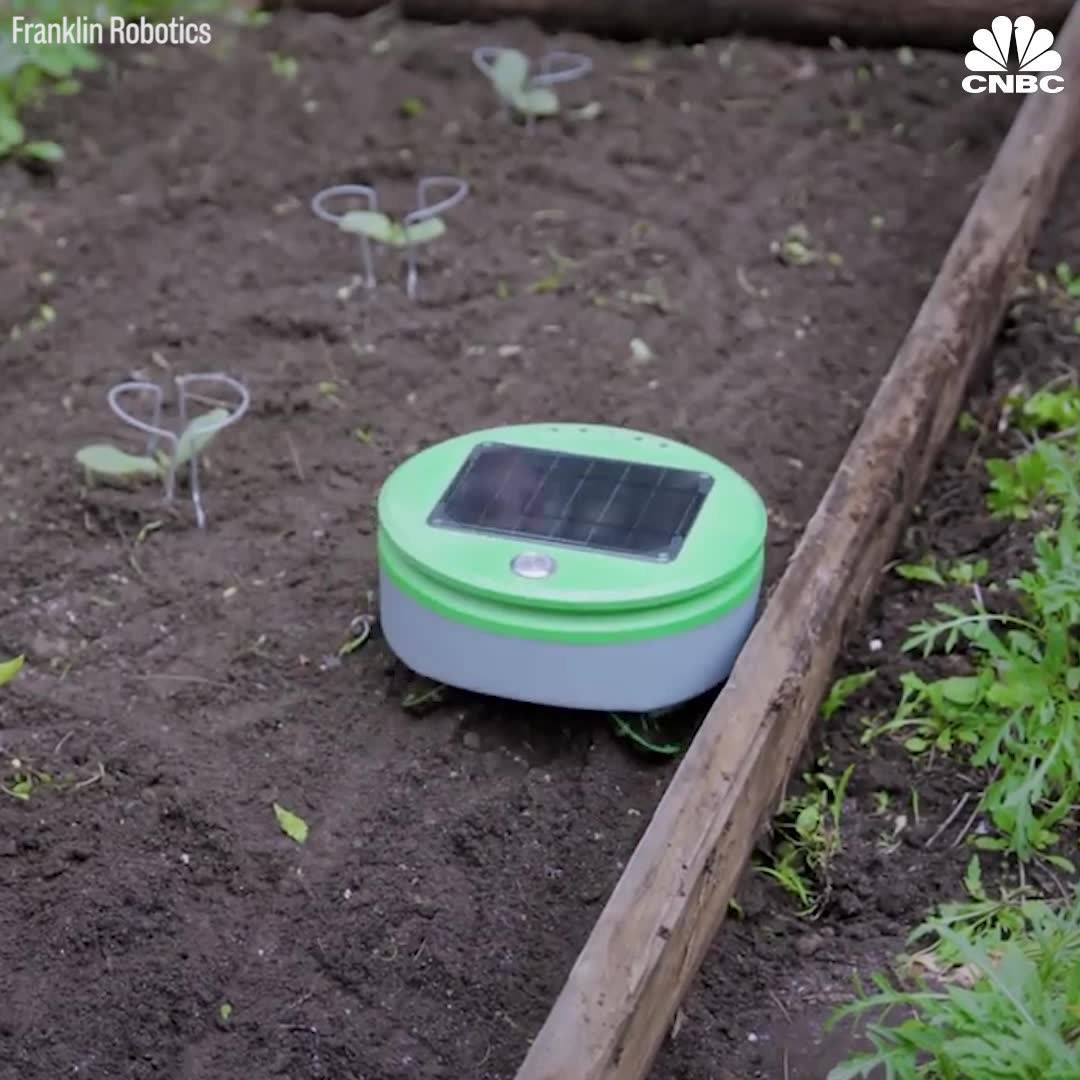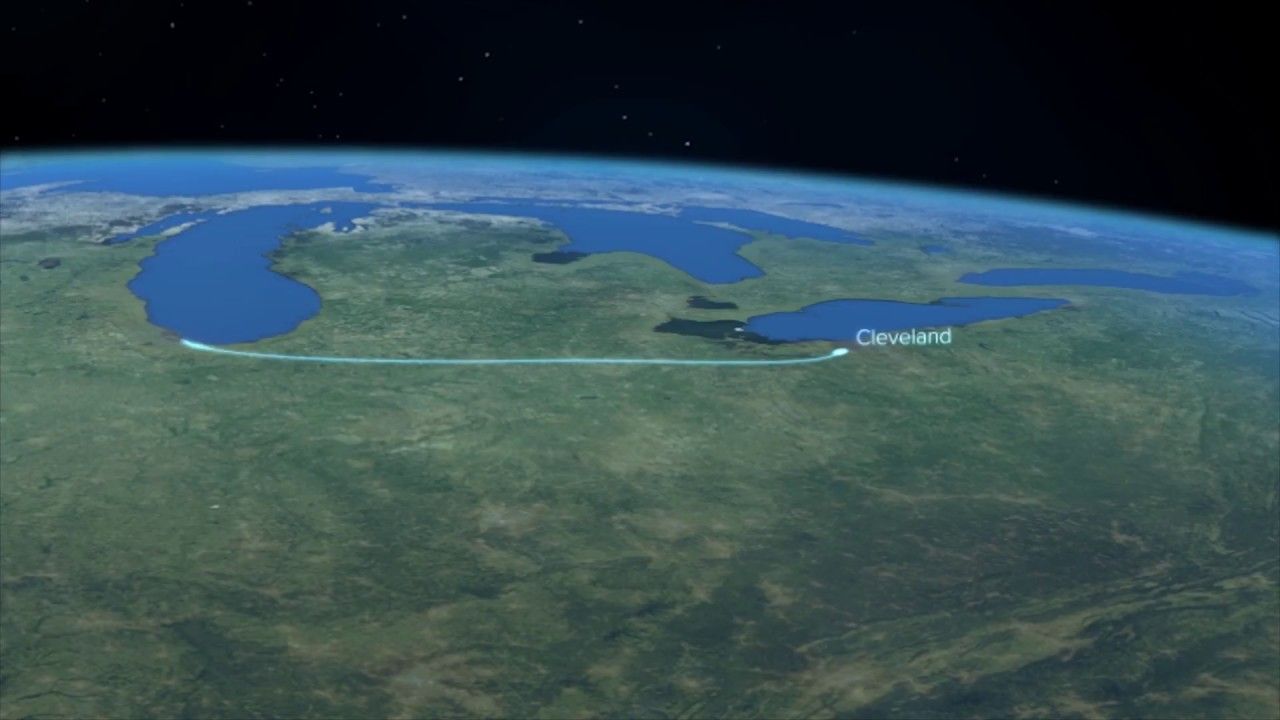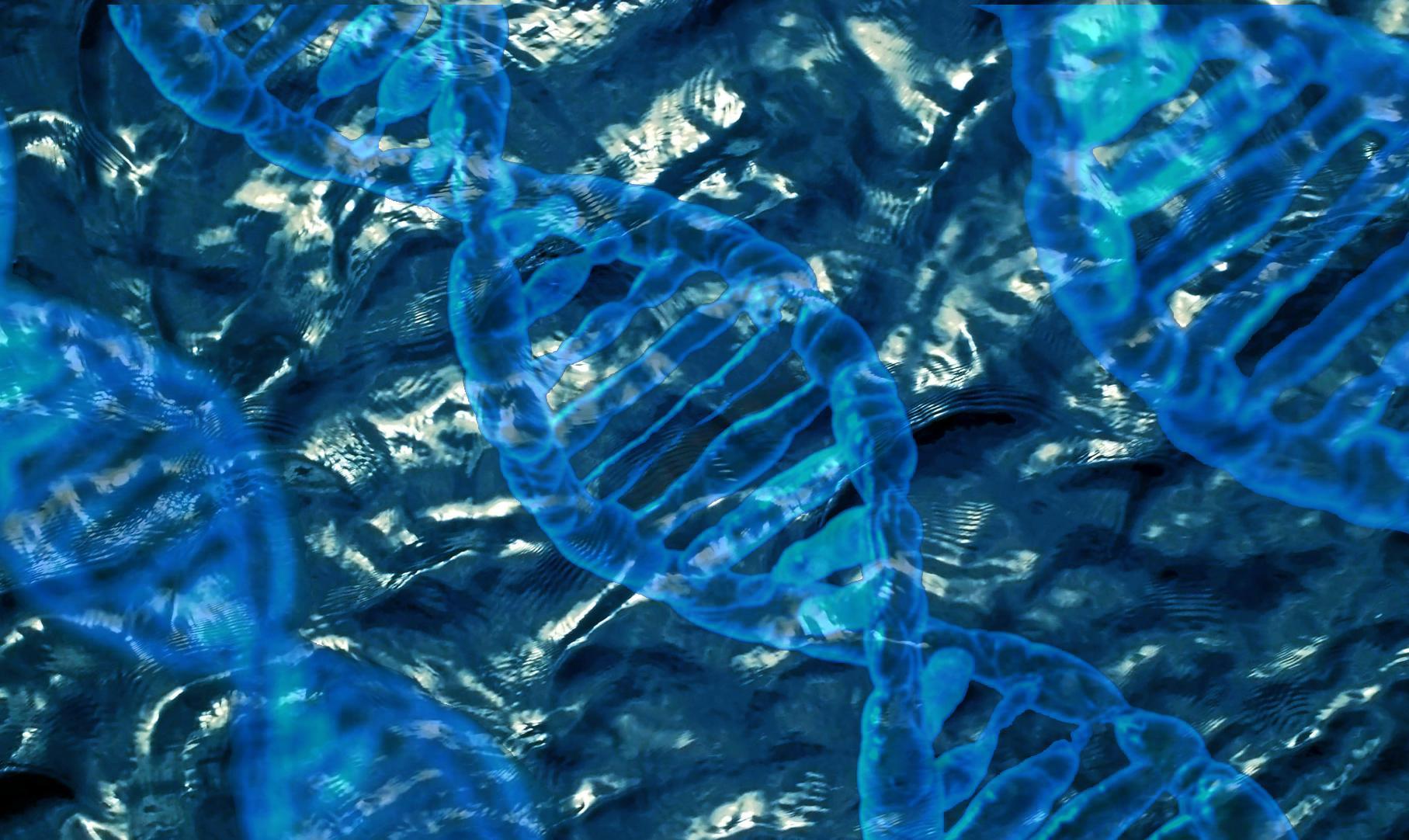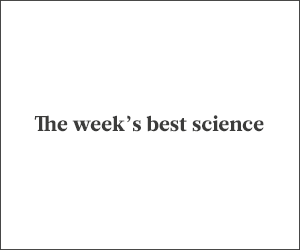Physicists have invented a flux capacitor and, while it might not run a ‘Back to the Future’ inspired time machine, they say it will have important applications in communication technology and quantum computing.
The team from The University of Queensland, RMIT University and ETH Zurich have proposed a device which uses the quantum tunnelling of magnetic flux around a capacitor which they say can break time-reversal symmetry.
UQ Professor Tom Stace said the research proposed a new generation of electronic circulators – devices that control the direction in which microwave signals move.
